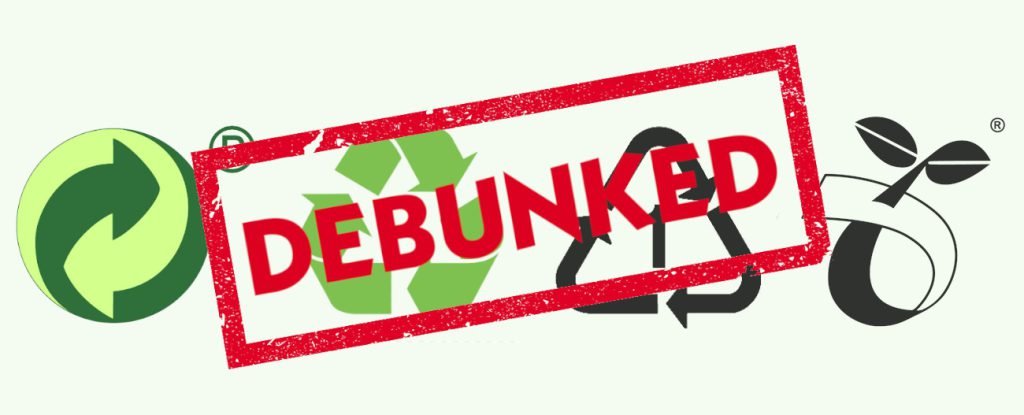
What Are the Most Common Misconceptions Regarding Recycling?
A vast amount of trash is produced by people all over the world. People think that these waste materials can be recycled or composed as many recycling programs, campaigns, and startups are operating worldwide. However, only 13% of the deposits is recycled globally, yet the recycling business is continuously growing. There are several misconceptions about plastic production and reprocessing industry. Let’s discuss some of them:
-
Garbage gets mixed up in the recycling trucks
It’s a misconception that when a garbage truck collects waste, it mixes all the garbage and waste material types. In reality, there are different trucks specifically designed to collect waste independently. You’ve also seen a single vehicle come to your street to collect waste. Such vehicles contain multiple containers to separate waste types. Additionally, recycling centers might use both manual and mechanical methods to separate recycling wastes.
-
There are separate taxes for street cleaning, garbage collection and recycling waste
Generally, the cost to recycle each kind of waste is neither financed by the garbage collection tax nor by the urban cleaning department. Taxes are charged depending on different services. These are practiced when organizations need to collect organic waste as well as to keep public areas uncontaminated.
-
Recycled products don’t contain quality
Another common misconception is that recycled products don’t produce quality. However, this is just a myth. Products made up of glass, aluminum, or plastic have potential to be recycled and reused unceasingly. Similarly, if the product is made of paper or cardboard, it generates a high-quality paste, enabling individuals to form new products, including shoeboxes, magazines and books.
-
Recycling means limited job opportunities
This is a false belief. Recycling, in fact, creates more job opportunities and opens new world of possibilities for job seekers across the globe. For example, it is reported that the US will achieve a recycling rate of 75% by 2030. This will be able to bring about 1.1 million job opportunities. Recycling, therefore, will increase the job roles at recycling centers and facilities. These roles may include service operation engineers, waste balers, managers, sorters, loaders, drivers and much more!
-
There’s no need to recycle biodegradable plastic
The truth is that when biodegradable plastic is recycled using improper methods and inaccurate recycling strategies, it releases methane gas or CH4 into the air, more powerful than CO2.
- It’s better to manufacture a product rather than recycling it, as it damages the environment
If we compare the energy consumption of recycling products and manufacturing a product from scratch, manufacturing a product will have more adverse impacts on the environment. For instance, manufacturing a can from recycled metal reduces energy consumption by up to 95%. However, recycling indicates 62% savings in energy and 86% in water if it’s paper.
-
Recycling doesn’t protect natural resources
In reality, recycling drastically lowers the percentage of natural resources that must be harvested or unearthed to store, collect and process raw materials. For example, Americans recycled 42 million tons of paper in 2005, which protected 714 million trees and about 292.026 water gallons.
-
Humans aren’t interested in buying recycled products
No! On average, most people around the globe show a positive attitude and interest in buying products produced from recycled products and materials. As per the survey details, 64% of consumers are ready to prepare the same amount for products that contain recycling raw materials, whereas 22% are willing to pay more for such products.
-
Burning waste in a kiln is way better than recycling
Incinerator produces energy, though it also generates a high percentage of damaging greenhouse gas at an expensive rate to taxpayers and the surroundings.
-
Disposal is cheaper than recycling
In reality, a well-run recycling program can be just as cost-effective as systematic trash disposal. For example, EPA estimates that a well-run curbside recycling program costs $50 to $150 per ton, whereas a disposal program charges $70 to $200 per ton.
These are the most common myths or misconceptions circulating across the globe regarding the recycling industry. Nonetheless, it is time to debunk all these myths!
If you liked this article, you may also be interested in How Was Recycling and Upcycling Exercised Before Industrialization?

